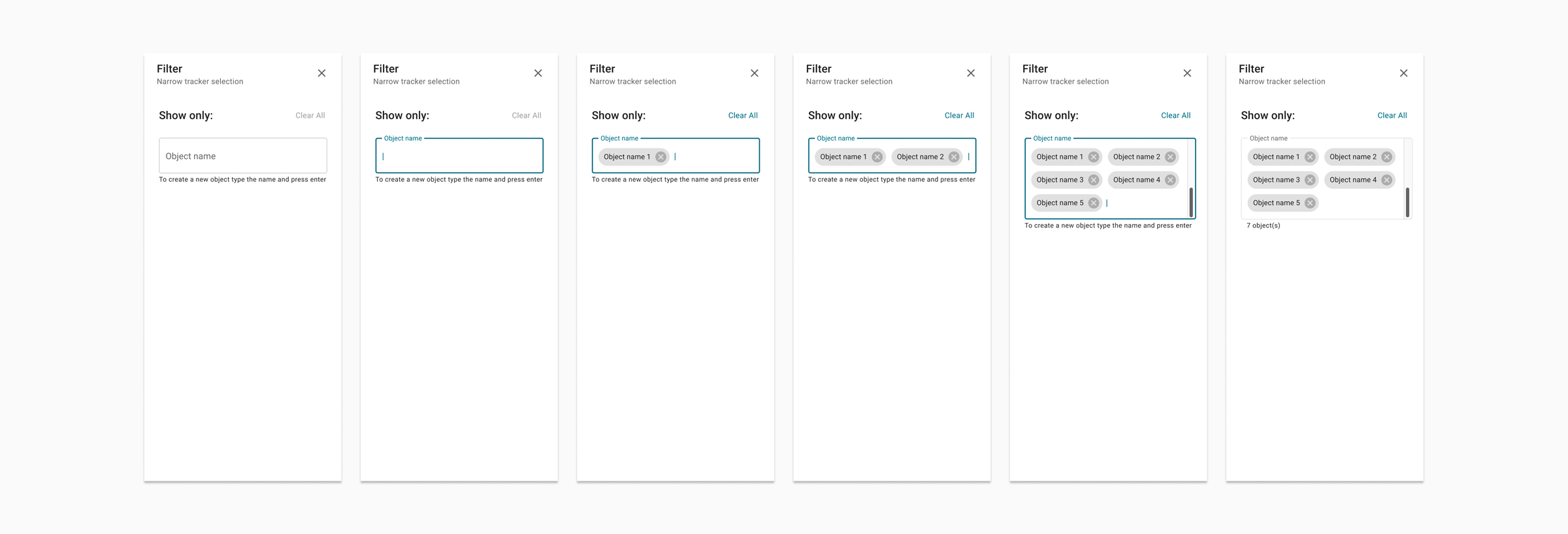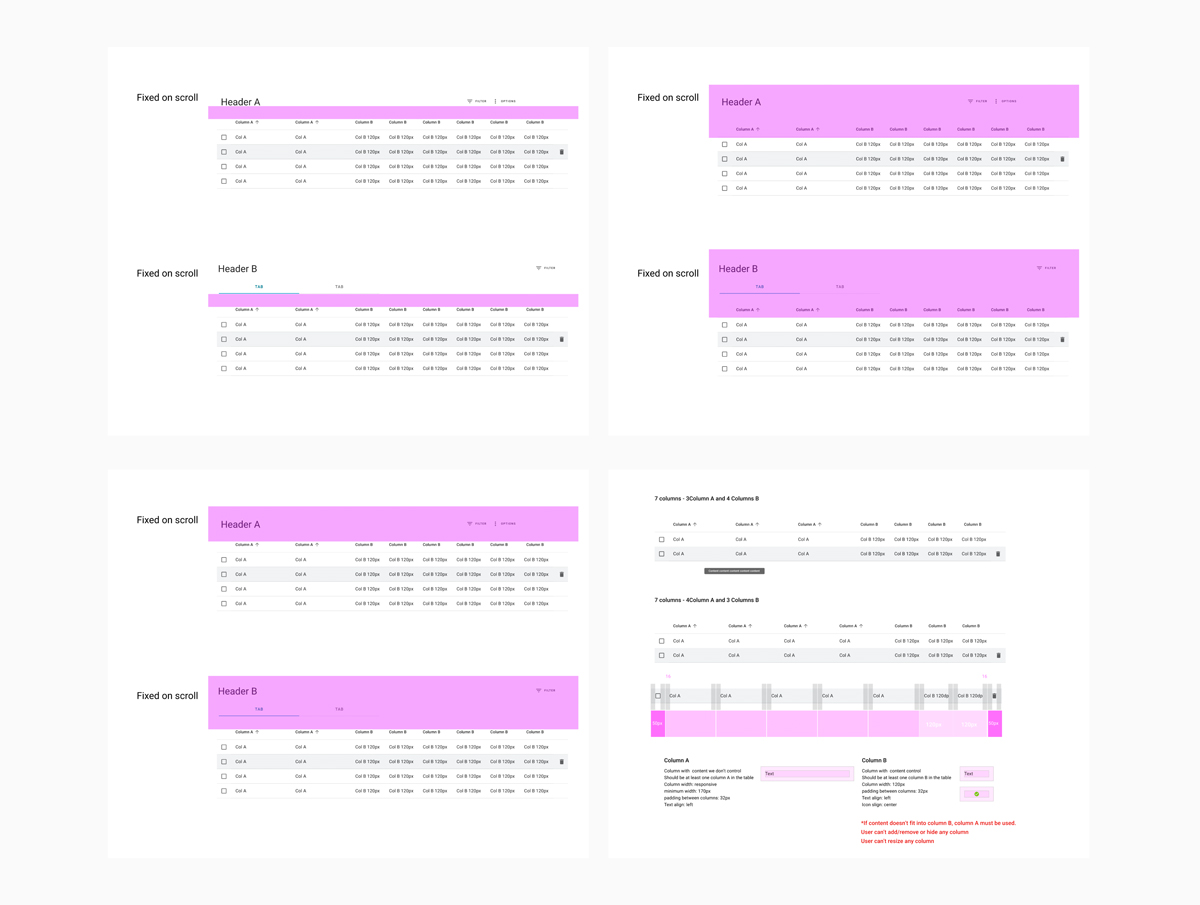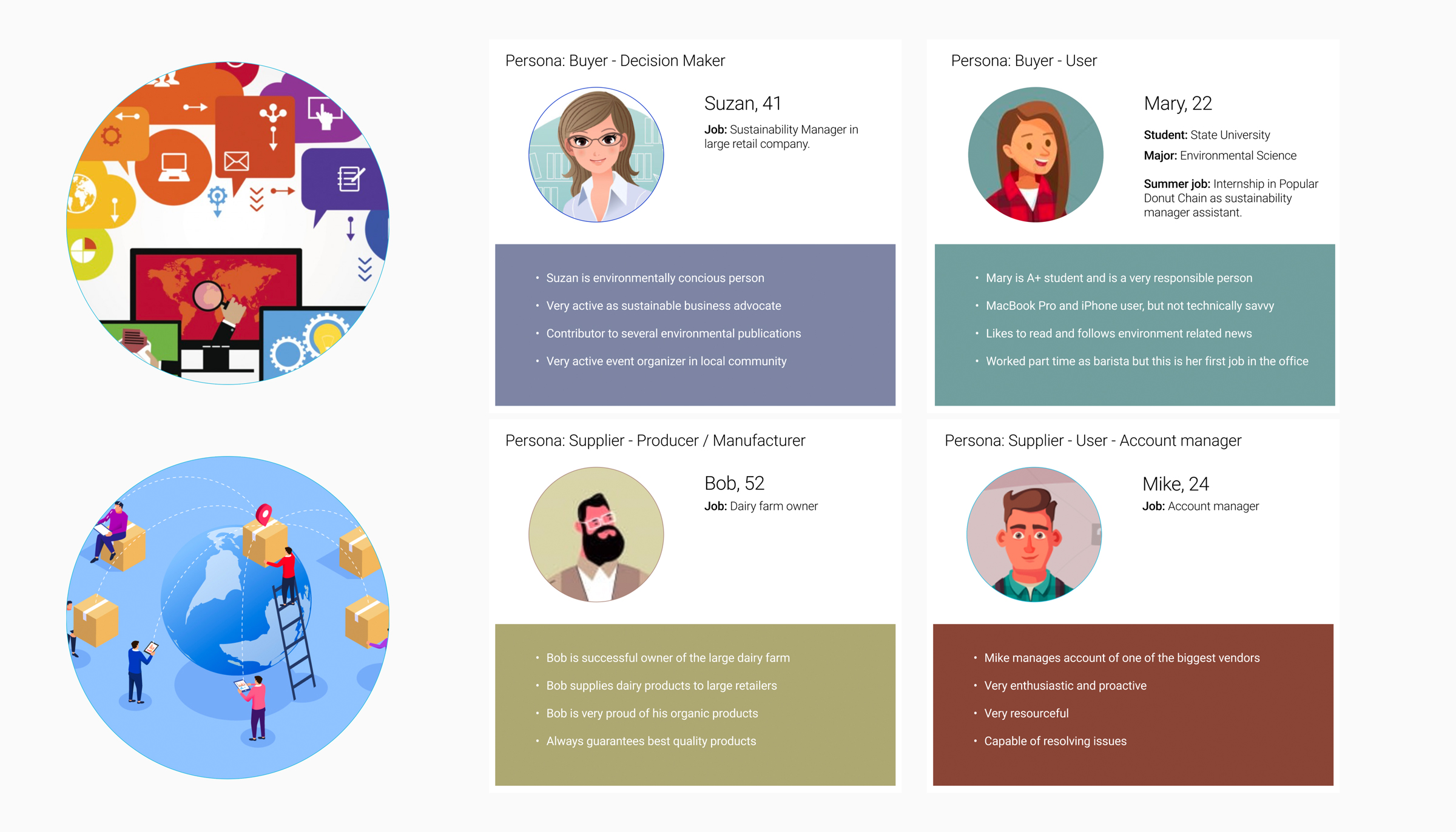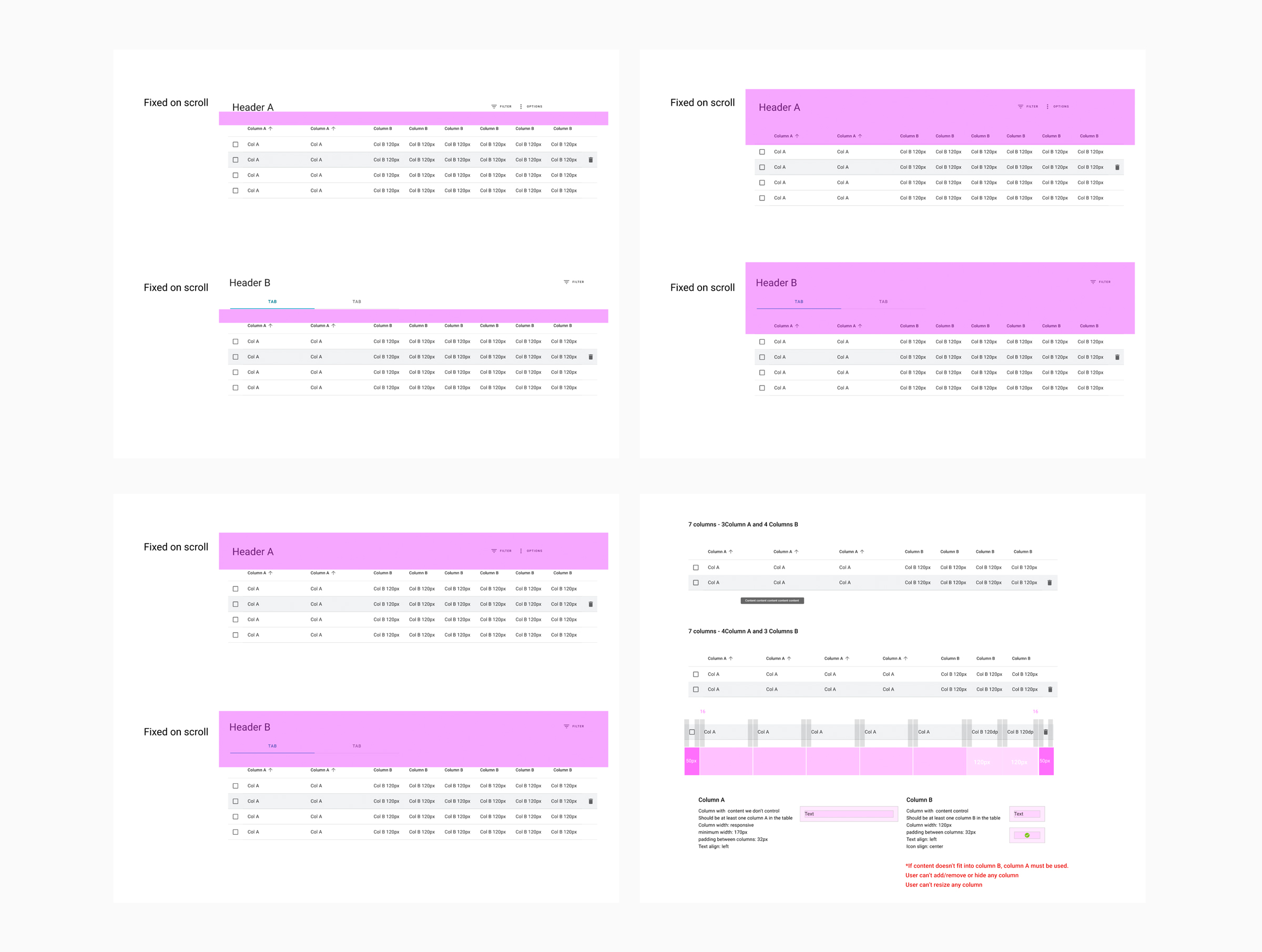SupplyShift
Sr. Product/UX/UI Designer
SupplyShift platform is an Enterprise B2B cloud-based SaaS product engineered to enhance supply chain transparency and drive sustainable procurement practices.
SupplyShift connects buyers and suppliers in one unified platform that enables responsible sourcing and emissions tracking, sharpens ESG risk detection, and elevates sustainability reporting.
SupplyShift platform is an Enterprise B2B cloud-based SaaS product, engineered to enhance supply chain transparency and drive sustainable procurement practices.
My Contributions
I redesigned platform user onboarding and data uploading processes. I established effective communication channels between design and engineering teams. I streamlined the design and development process by implementing the new design system and creating custom components based on the Material UI library. This approach created a more consistent and user-friendly design experience across the platform and reduced UI design and development time by 40%.
I redesigned platform user onboarding and data uploading processes. I established effective communication channels between design and engineering teams. I streamlined the design and development process by implementing the new design system and creating custom components based on the Material UI library. This approach created a more consistent and user-friendly design experience across the platform and reduced UI design and development time by 40%.
My responsibilities: Define business goals and user needs. Facilitate collaborative design sessions. Prioritize new product features based on impact. Plan and conduct user research and interviews. Lead design reviews. Create user journey, empathy maps and concept user flows. Create user personas and user stories. Develop wireframes and interaction design. Use tools to ensure WCAG accessibility compliance. Create high fidelity mockups and visual assets for implementation. Build design system and components library. Provide visual and technical specification to development team. Collect and analyze user's feedback and usage data.
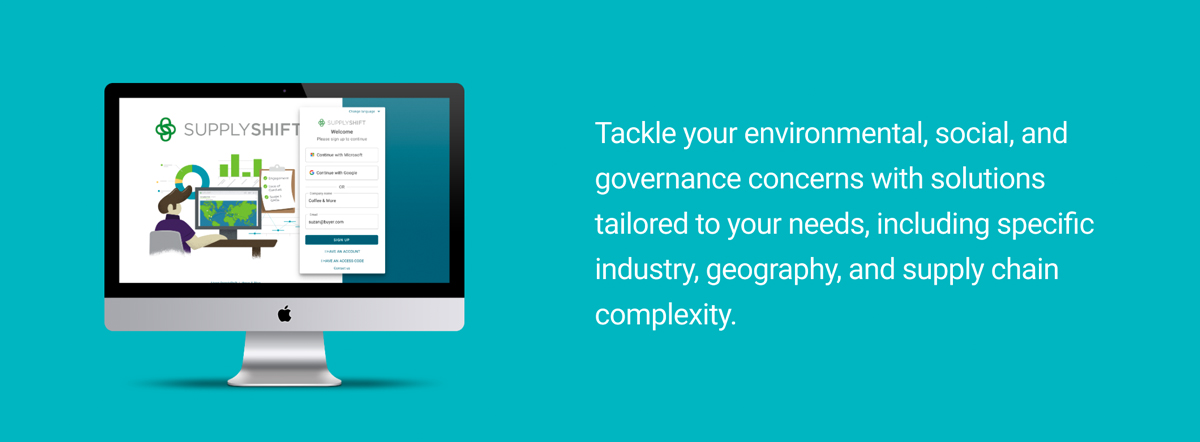
Work process
While collaborating with other teams I defined the UX design team work process on each stage of the project in order to achieve project goals and to meet business requirements. I established a communication channel between design and engineering teams to ensure engineering teams involvement into the design process at the early stage.
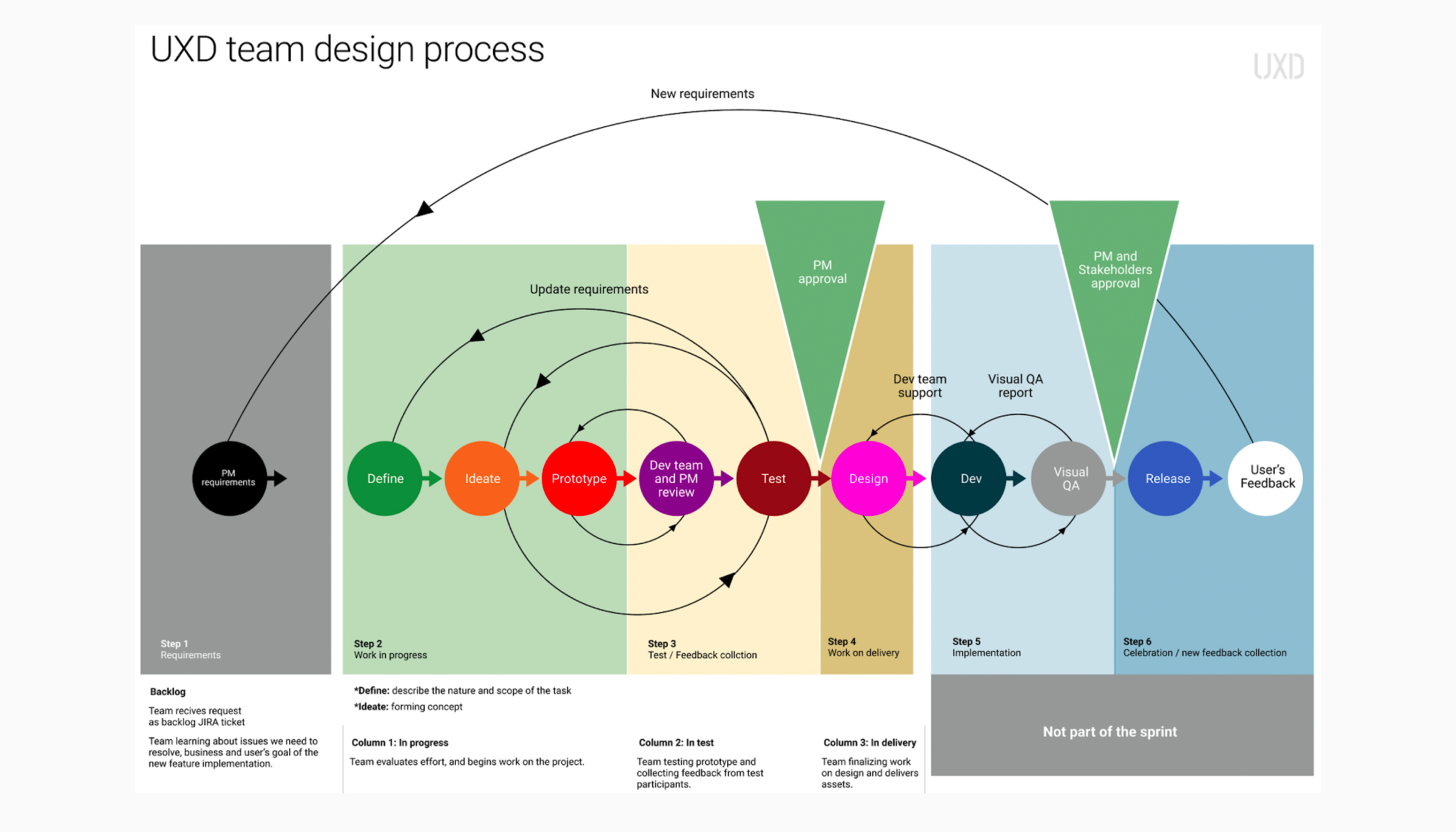
Product research and analysis
As a UX designer, my goal is to create a product that provides an intuitive and user-friendly experience. I understand that part of the process involves understanding how similar products have solved the same problems. As such, I conduct product research to study how similar products have implemented their features and how users have interacted with them. This allows me to not only adopt existing solutions, but to also improve them to make the product more enjoyable and effective for the end-user.

User personas
My focus is on creating products that meet the needs of end-users. To accomplish this, I developed a set of user personas based on my research into their needs, behaviors, and roles in the product. This exercise helped me gain a deeper understanding of how different types of users interact with the product, which in turn allows me to design solutions that better meet their needs. By creating these personas, I ensure that the products I design are not only useful but also intuitive and easy to use for all types of users.
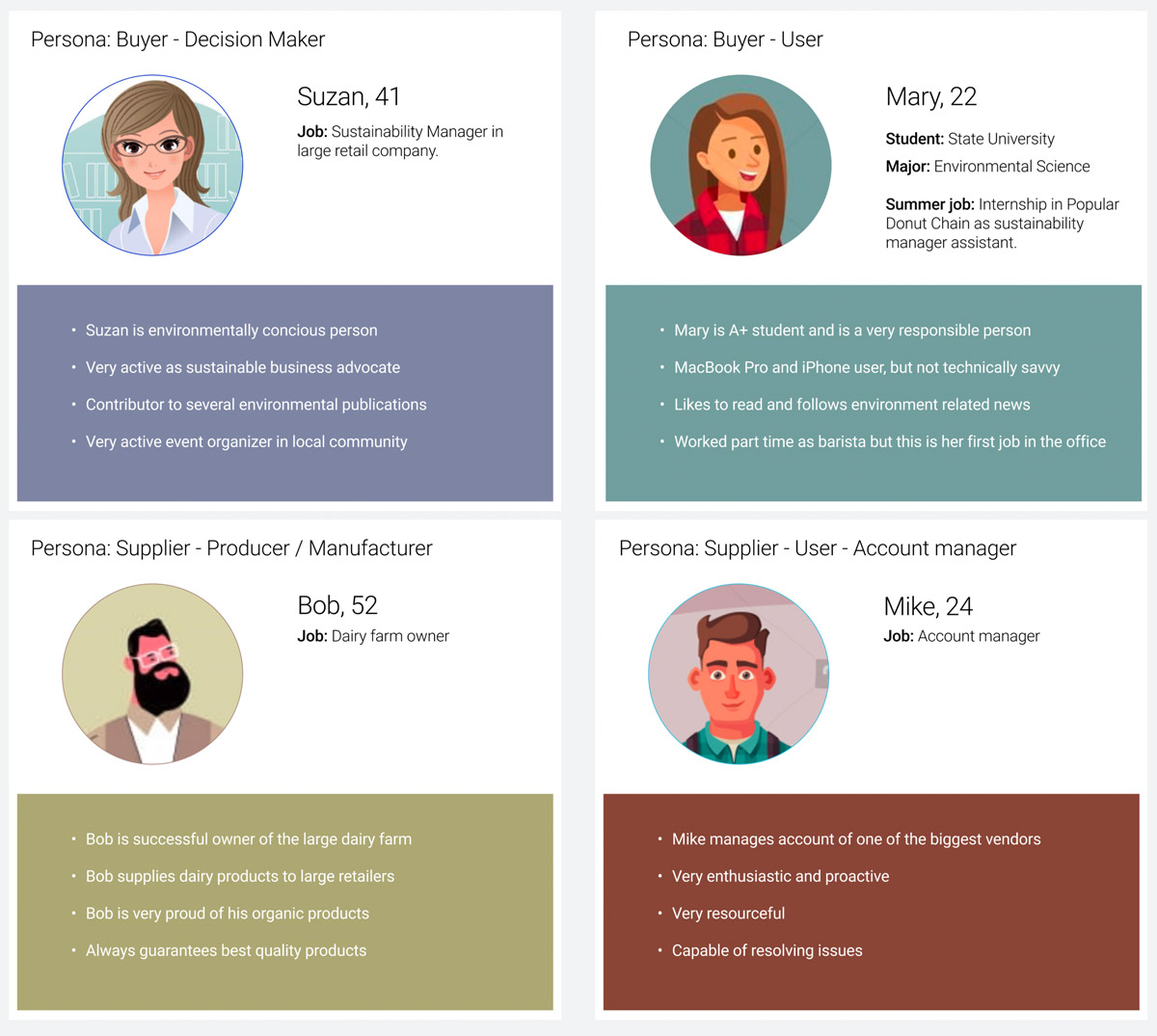
Design review sessions
My role involves collaborating with cross-functional teams to ideate design solutions. One of the ways I do this is by facilitating workshops and design review sessions. During these sessions, we collaborate to identify possible design solutions and to identify a solution that aligns with users' needs and stakeholders' requirements. Through this process, we are able to arrive at a design that meets the needs of all stakeholders while also providing a seamless and intuitive user experience.

Wireframing
Concept level wireframes help me to collect user feedback at a very early stage of the project, better understand business needs and estimate project design and development scope and complexity. Also wireframes help the back-end development team to start preliminary work on the project before the feature was fully designed and tested. This approach also helped design and product teams to review requirements with stakeholders and work on sprints and road map plannings.
Concept level wireframes help me to collect user feedback, better understand business needs, estimate project design and development scope and complexity. This approach also helps to review requirements with stakeholders and work on sprints and road map plannings.

Usability Testing
During product development I had access to all documents, but live interviews with real users helped me the most to understand the actual user experience while using the product. I conducted user testing on every stage of the project from concept wireframes to interactive prototypes and high-fidelity layouts.
I tested every new flow with existing users as well as with participants who are not familiar with the product. This approach helped me to create an intuitive user experience and make sure that new features are easy to understand and to use by any user regardless of experience or technical skills.
I conducted user testing on every stage of the project from concept wireframes to interactive prototypes and high-fidelity layouts. This approach helped me to create an intuitive user experience that is easy to understand and to use by any user regardless of experience or technical skills.
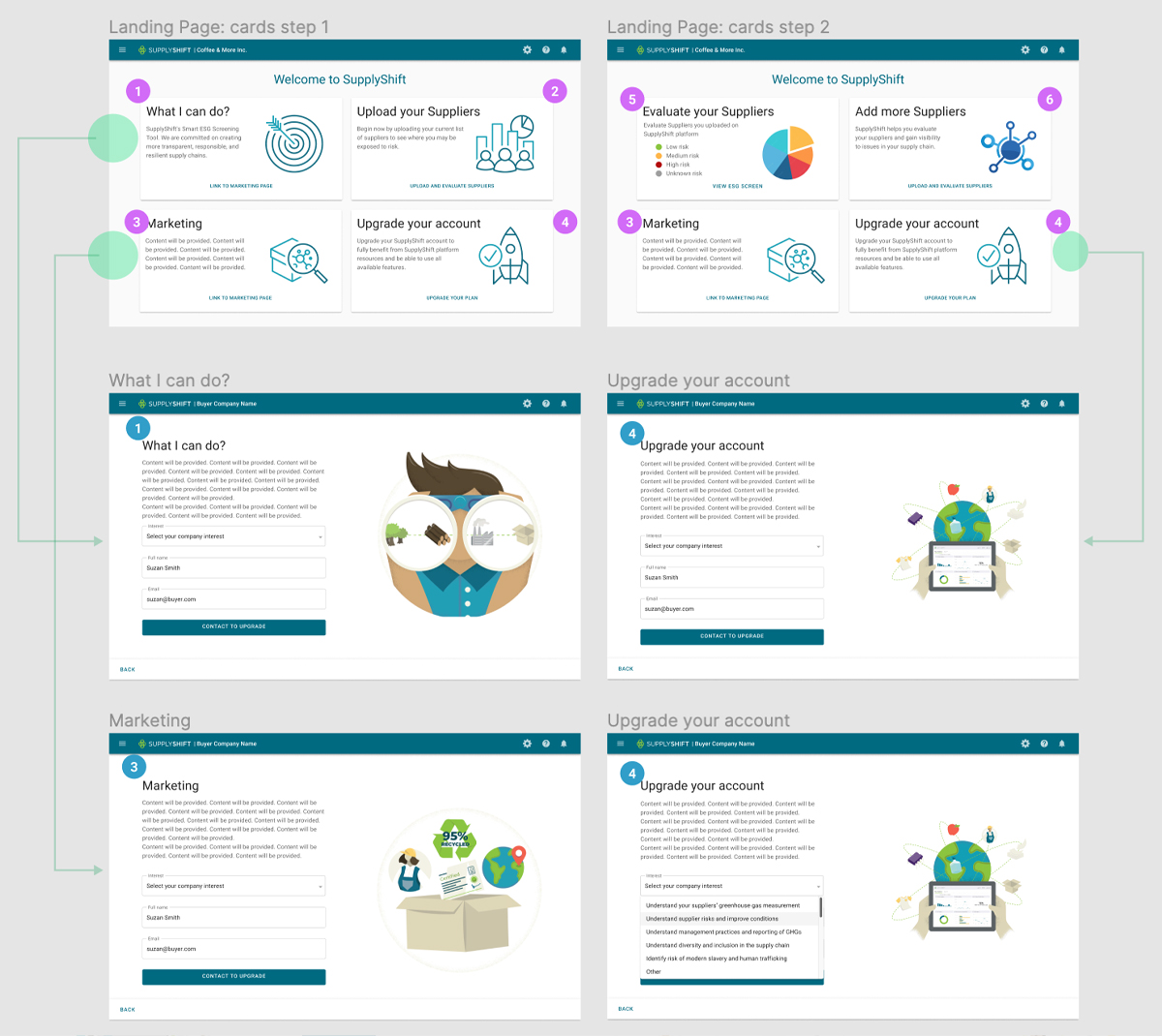
High Fidelity Mock-Ups
I created high fidelity prototypes for every platform feature I worked on. Each interactive prototype was thoroughly tested and updated multiple times until all pain points were addressed and all stakeholders were in agreement that business goals were achieved.
This approach helped me to gather valuable feedback and input from stakeholders and end-users alike, ensuring that the design process was inclusive and collaborative. The high fidelity prototypes also served as a vital communication tool, facilitating collaboration between designers, engineers, and stakeholders.
I created high fidelity prototypes for every platform feature. Each interactive prototype was thoroughly tested and updated until all pain points were addressed and all business goals were achieved.
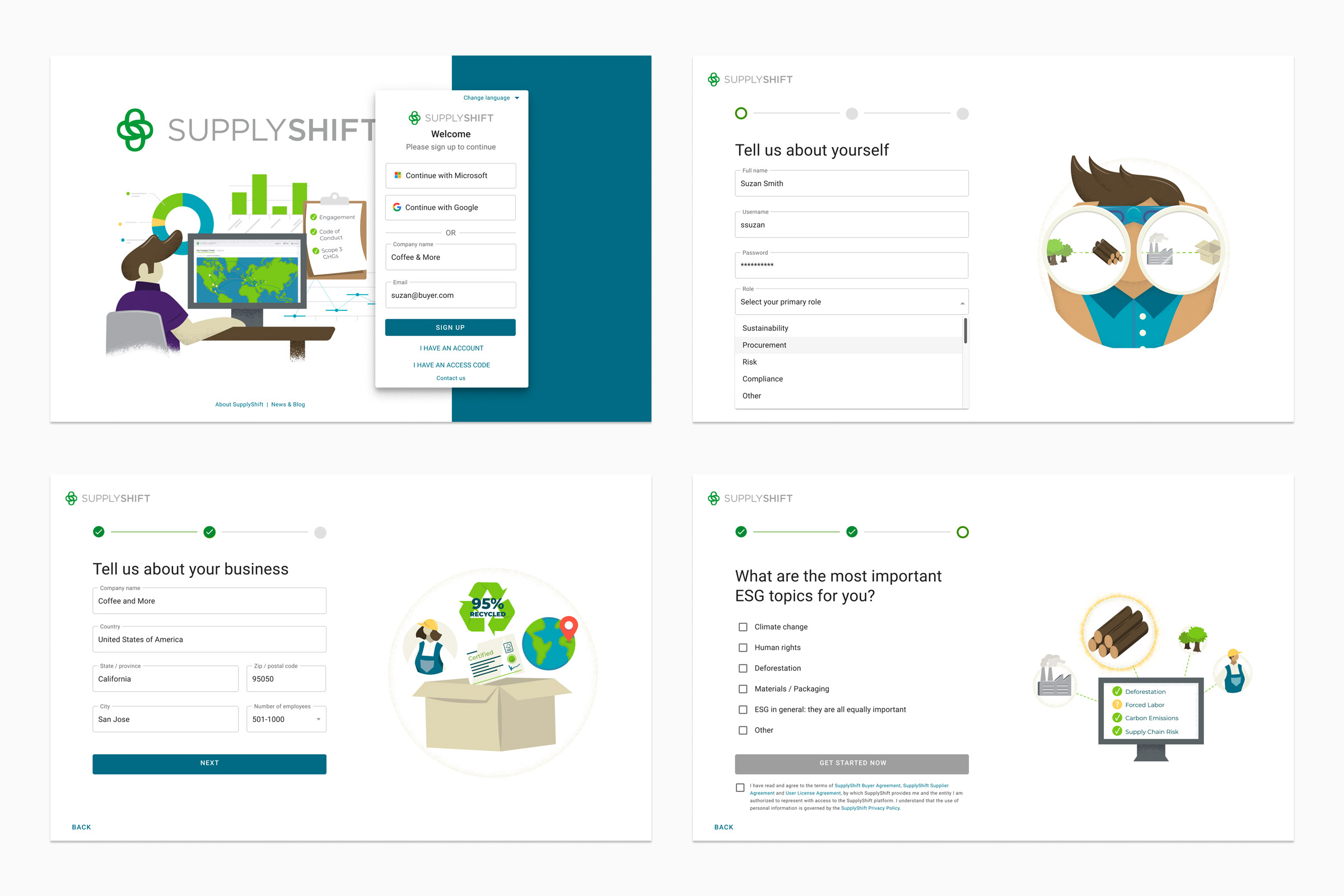
Design System and specifications
To ensure consistency of the user experience and to reduce design and development time, I created and implemented using Figma a design system based on the MUI library. Using common attributes and elements, I also designed custom, easily reusable components and patterns that were added to the design system on a regular basis.
